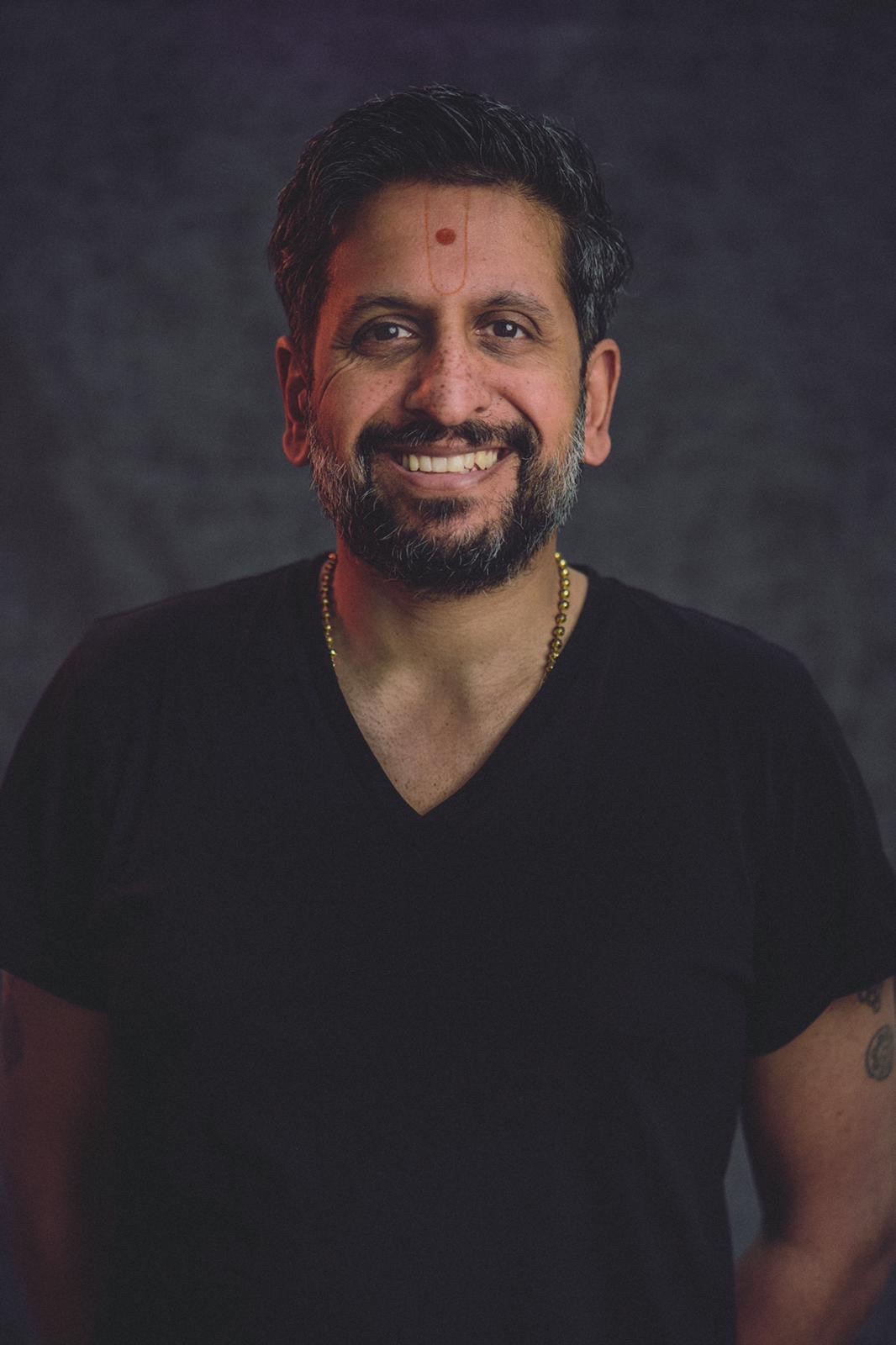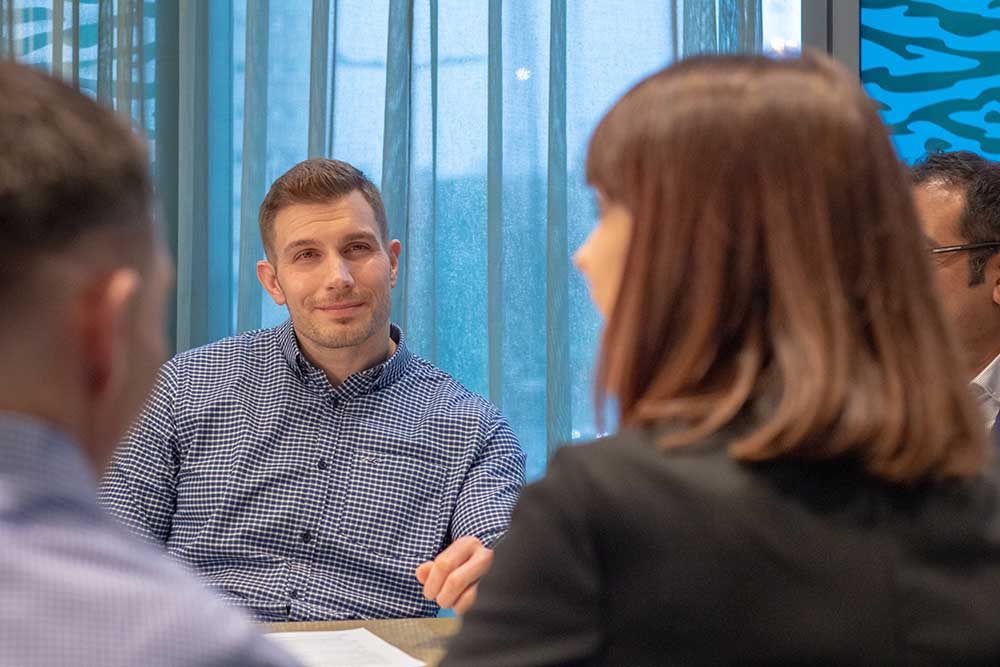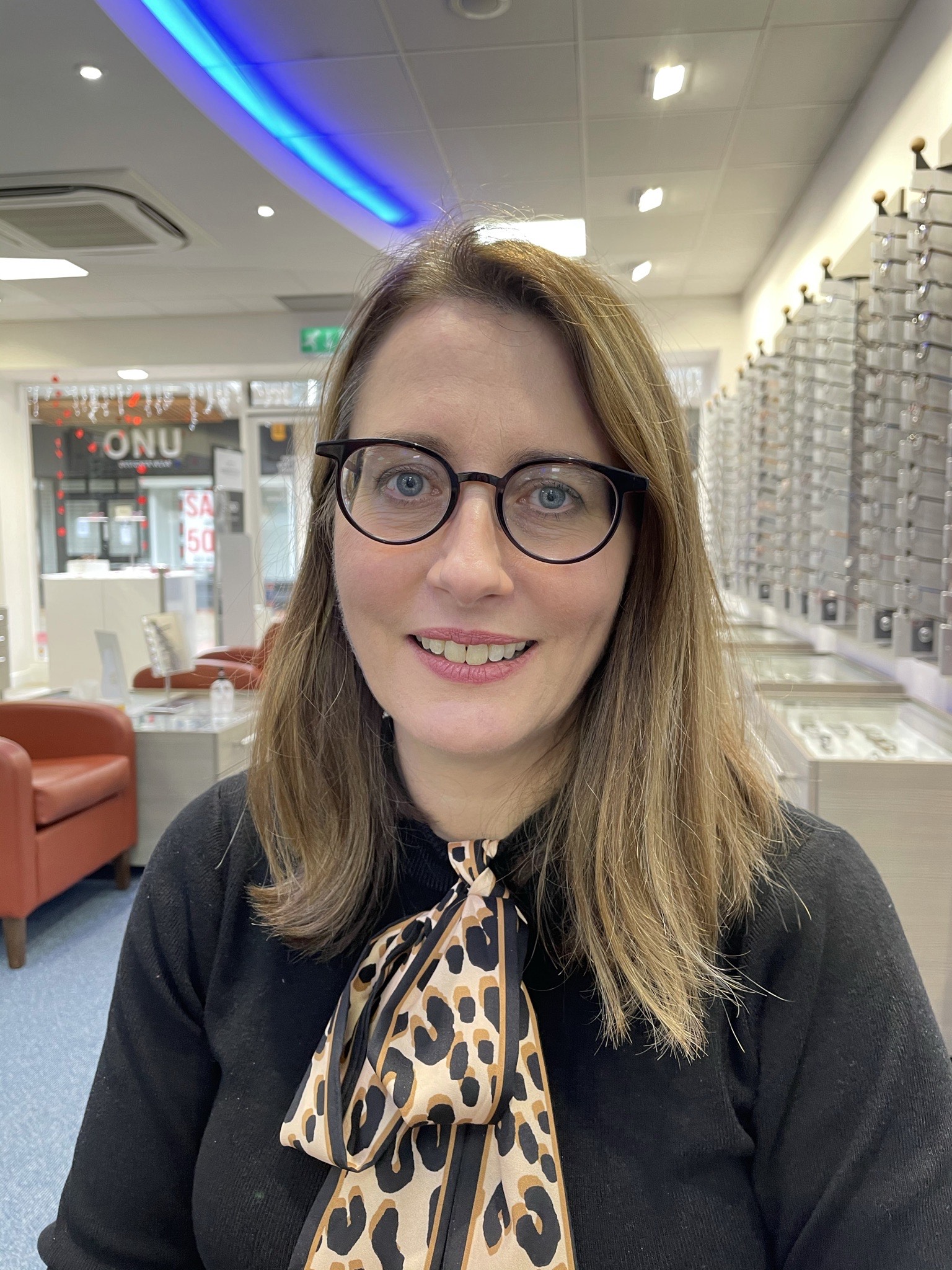- OT
- Life in practice
- Practitioner stories
- The pathway into myopia management
The pathway into myopia management
Three practitioners, at different stages of their myopia journey, share their experiences of offering management options in practice

25 May 2022
In the last five years, the number of myopia management products released in the UK has grown substantially. Today, a range of hard and soft contact lenses and spectacle lenses are available.
OT speaks to three practitioners at varying points of their myopia management journey: from the optometrist who has been working with patients for over a decade, to the dispensing optician who has recently fitted her first lens.
Myopia Awareness Week 2022
On joining TK&S in 2010, offering myopia management to his patients became a reality.
Patel shared that the Northampton-based practice, which is part of the Hakim Group, offers a range of myopia management options because “we wish to provide our patients with the best care.”
Keyur’s top tips: Raising the conversation in practice
- Be proactive
- Talk to the patient and the parent – it really is a family decision and journey
- Ensure that the patient and their parents understand the potential issues with higher levels of myopia, without scaring them.
Having grown up short-sighted and experienced the difficulties of playing sport without visual correction first-hand from a young age, the idea of myopia management “really resonated” with optometrist and practice owner of four independent practices in Merseyside, Neil Hilton.
As a result, he was keen for his practice, which is part of the Hakim Group, to be involved with myopia management “as soon as possible.”
“We started offering myopia management over five years ago, initially with ortho-k, then quickly followed by MiSight, and more recently with Stellest, MiyoSmart and NaturalVue,” he told OT. “We have always tried to push the boundaries to ensure our patients are offered the latest products and treatments, and being such a family-oriented practice, I was keen to ensure we offered our younger generation of patients the chance to help control their myopic progression, something that wasn’t available when I was younger,” Hilton added.
We offer it because we wish to provide our patient the best care. There is enough evidence, in my mind, to warrant reducing myopia for the well-being of my patients and the potential long-term impact on society
Dispensing optician, Simone Mason, fitted her first myopia management lens in April. The practice in which she works, Perspective Opticians in Solihull, has recently begun offering the Stellest lens, a move very much supported by Mason.
“As a high myope myself – I am -8 – and a parent of two boys, it is an area that is close to my heart,” she told OT.
And while by Mason’s own admission, “it’s very early days for the practice,” myopia management has always been something that she has wanted to learn about, discuss and be a part of.
“Any articles, I’ve tried to read; any webinars, I’ve tried to attend,” Mason said. As she is happy to “read all of the literature,” she has also worked hard to support the learning of the practice team around her. “I’m very happy to read all the literature so I have summarised the key points and shared it in a WhatsApp group where my peers can read and learn more,” she shared.

Preparation in practice
For Patel, when it came to preparing himself to offer myopia management, completing courses and continuing professional development on the topic was key. “I have read about it in professional journals such at OT, attended dedicated lectures and taken advantage of the resources provided to me by manufacturers of myopia management devices,” he said.
Likewise, Hilton read as much as he could find on both myopia management and ortho-k, highlighting the amount of content that is available: “I tend to immerse myself in the subject when beginning something of this nature. And I think myopia management demands and deserves that level of commitment. There’s so much free information available out there for clinicians to read, and the support we have had from the respective suppliers has been fantastic.”
Hilton said he was lucky to also have the support of experienced eye care practitioners from across the Hakim Group portfolio to support himself and clinicians in his practice in the early days.
However, for Hilton, the best way to learn about myopia and the suite of management options available is by ‘doing.’
“For me, hands-on experience as well as chatting cases through with technical support and colleagues, is the best way to learn,” he told OT. “I love the journey you go on with myopia management patients and their families, learning and developing more as their treatment unfolds,” he added.
The confidence this simple treatment option had given this young girl was staggering. Possibly the single best moment in my career so far
Offering advice to practitioners seeking to provide myopia management, Patel said: “Know the reasons for offering it, believe in it and be enthusiastic about it. Make sure you are able to give your patient all of the treatment options, and, if you can’t, then know when to refer to a colleague. And, make sure the whole practice understands why it is important and is able to talk to the patients about it as well.”
Hilton encouraged practitioners who are considering offering myopia management to “know your stuff” and “keep it simple.”
On preparing to offer myopia management, he advised: “Make sure you research this topic thoroughly before offering it. You should be able to select the best treatment solution for each patient based on their individual needs. You should also be able to answer any questions the patient and their family may have on any of the possible treatment options available to them. This goes for the rest of the practice team too, the best results come when the whole team is comfortable and confident discussing different treatment options with patients.”
Similarly, Mason highlighted that practitioners “have got to spend time researching and getting to know the product.”
“You will have parents coming in and asking questions. You have to be able to explain the process, the background, the research, and the guarantees simply,” she said.
For Mason knowing the process after fitting is also key – the follow-ups, the wearer experience, the collection, she said, are all of pivotal importance. “The literature, the lens cloth and the Stellest passport that you fill out for patients is their guide as well as mine,” she said.

The offering
Mason stresses that parents are hearing about and reading about myopia, making it increasingly harder for practices to ignore. “They are very aware of it,” she said.
Patel feels that myopia management is something that practitioners should be offering because, “it is in the best interest of their patients. As optometrists we are the best placed eye care professionals to provide it and it is an excellent practice building service.”

Hilton agrees, sharing that practitioners have a duty of care to all patients, and this includes “offering the best possible solution for all their visual needs. Myopia management is no different.”
“Fortunately, there are now so many different and accessible options to choose from for myopia management that there really is no excuse for every clinician not to be offering something to their younger myopic patients, even if this is simply advice,” he added.
Knowing that he is helping to reduce the incidence of sight loss and reduce the burden on the NHS is encouraging for Hilton, but more than that is the job satisfaction he gets from involving himself in what he describes as “cutting edge and exciting,” is like nothing he has experienced before in his 20-plus years of being an optometrist, he shared.
You will have parents coming in and asking questions. You have to be able to explain the process, the background, the research, and the guarantees simply
First patients
Timing could not have been more perfect for Mason when it came to fitting her first patient, although “we didn’t have any idea that we would be fitting quite so quickly,” she told OT.
Only a few days after training, the practice had a walk-in parent and patient who asked about it. Another quickly followed.
“We had our training on the Monday night and then we had two parents and their six-year-old child come in as a walk-in. The practice had been recommended to them,” she shared.
“I had no time to be nervous, as patients presented,” she added.
Simone’s top tips: Raising the conversation in practice
- Don’t be afraid to discuss when patients present. Optometrists are the key to start that conversation in the testing room. It’s got to be introduced by them
- Don’t apologise for price. It is a fantastic lens and opportunity for the child
- Know the facts and the research.
The parents, Mason said, had many questions. “I told them that I had just had training and I knew enough to answer the questions they had. I spoke to them about the research and the data available, after which they were in agreement that it was worth trying,” she shared.
The young girl was -1.50 in her right eye and -2 in her left eye. “She is a very mature little girl and this was her first prescription. She was quite excited about it. She is doing extremely well and enjoys wearing her new glasses,” Mason said.
“And I am so excited to be part of her journey,” she added.
Patel’s first myopia management patient was “a long time ago,” he said, when “essentially at that stage there were no licensed myopia management devices available.”
He explained: “The young lady and her mother were concerned about the rate of change and I mentioned the potential for myopia management using a centre distance multifocal lens. There was not much literature for me to share with the patient and parent, and the limiting step on that occasion was the practice owner not wanting to offer it.”
When recalling his first patient fit, Hilton describes: “Picture ‘Kevin’ off The Fast Show with Harry Enfield, and that was my first orthokeratology and myopia management patient.”
Expanding, he shared: “This young girl would barely offer me a grunt when she graced my test room chair with her presence, much to the dismay of her loving mother (and myself). So, after a less than exciting initial assessment, fit and teach, you can imagine my (and the mother’s) surprise when I was greeted by a very confident and smiling young girl only one week after she started to wear her lenses. The confidence this simple treatment option had given this young girl was staggering.”
“It was possibly the single best moment in my career so far,” he added.
Neil’s top tips: Raising the conversation in practice
- Start early: if mum and/or dad are short-sighted, start the conversations around myopia management and their children early, so that families can start to make the appropriate changes to their lifestyle
- Don’t overwhelm patients and their families with too much information. Keep the language you use clear and simple. Educate patients in the potential ocular effects of increasing short-sightedness without sounding too scary
- Give patients and their families some information, or instructions on where to find this information, about their potential treatment options to take away with them. This is a big decision for everyone involved, both clinically and financially, so some time to ponder their decision, with all the necessary information to hand, often works well.
Advertisement
More Practitioner stories articles
-
Returning to locuming after two decades away
-
The balance: practitioners share how they maintain a healthy work-life balance
-
How to feel less stressed: practitioners share their go-to destress hacks
-
“The tumour would’ve continued to grow, I would’ve continued to be unwell and would’ve been left with lifechanging disabilities”


Comments (0)
You must be logged in to join the discussion. Log in